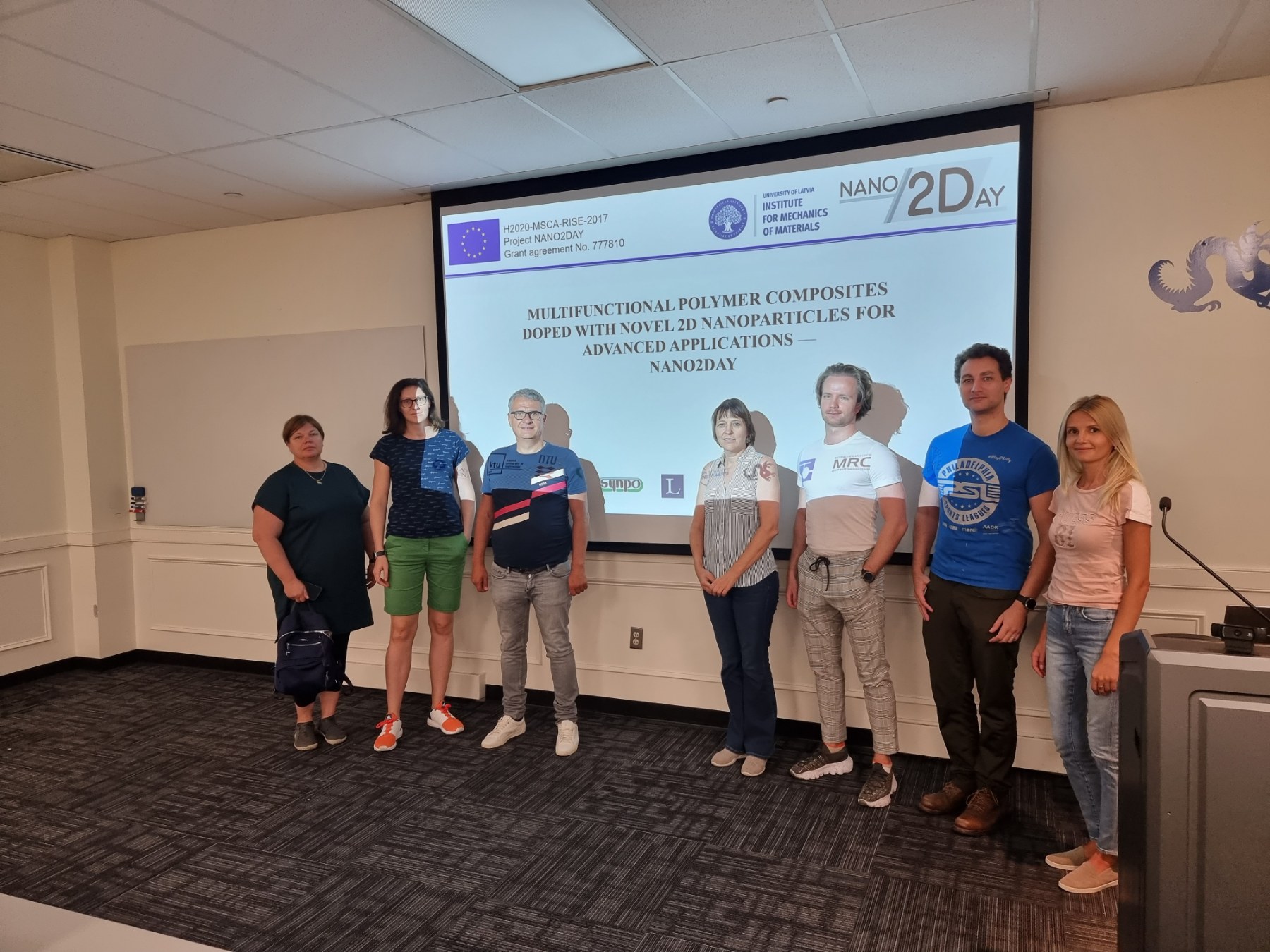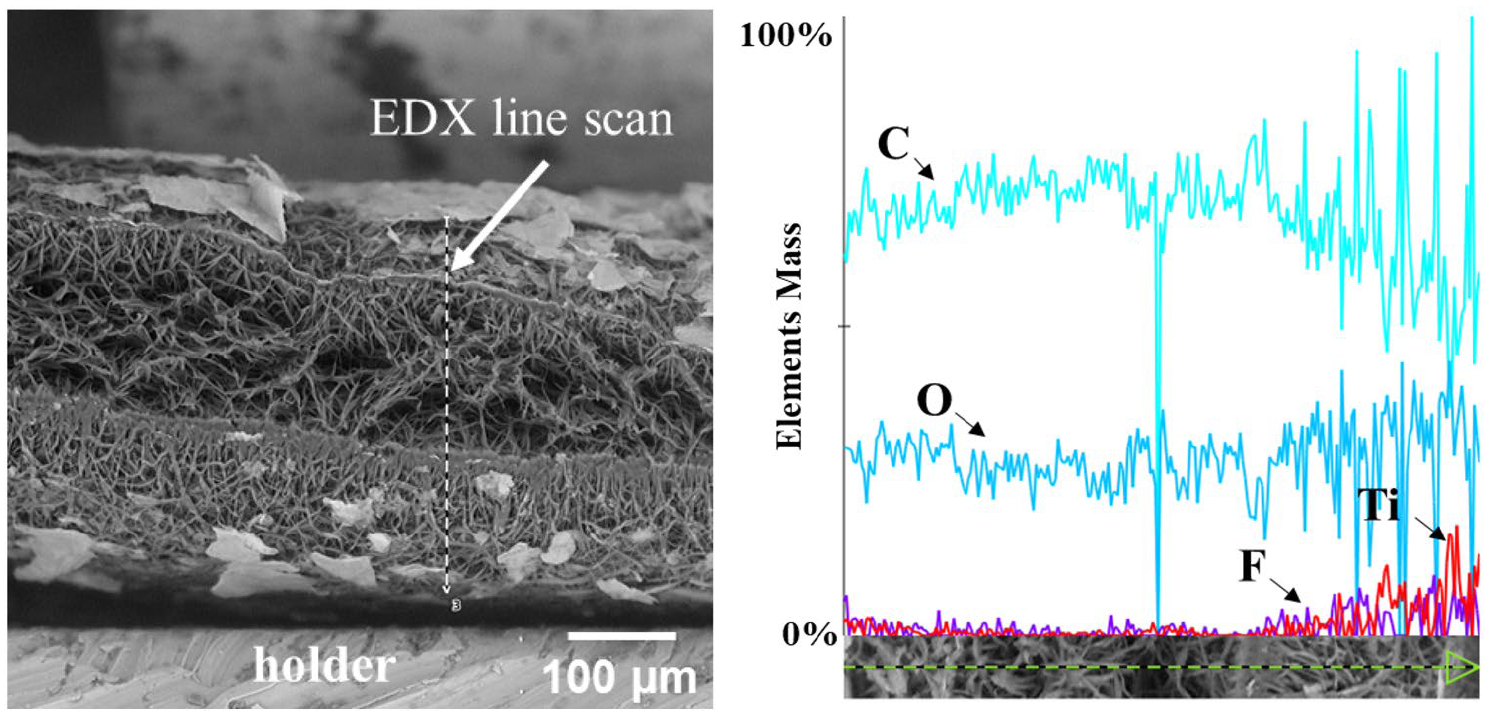 Here we demonstrate a new developed method for depositing Ti3C2Tx MXenes onto hydrophobic electrospun PCL membranes using oxygen plasma treatment. These novel patches hold tremendous potential for providing mechanical support to damaged heart tissue and enabling electrical signal transmission,thereby mimicking the crucial electroconductivity required for normal cardiac function. After a detailed investigation of scaffold-to-cell interplay, including electrical stimulation, novel technology has the potential for clinical application not only for cardiac regeneration, but also as neural and muscular tissue substitutes.
Here we demonstrate a new developed method for depositing Ti3C2Tx MXenes onto hydrophobic electrospun PCL membranes using oxygen plasma treatment. These novel patches hold tremendous potential for providing mechanical support to damaged heart tissue and enabling electrical signal transmission,thereby mimicking the crucial electroconductivity required for normal cardiac function. After a detailed investigation of scaffold-to-cell interplay, including electrical stimulation, novel technology has the potential for clinical application not only for cardiac regeneration, but also as neural and muscular tissue substitutes.
Novel electrically conductive electrospun PCL‑MXene scaffolds for cardiac tissue regeneration
Kateryna Diedkova1,2 · Yevheniia Husak1,3 · Wojciech Simka3 · Viktoriia Korniienko1,2 · Bojan Petrovic4 · Anton Roshchupkin1 · Agnieszka Stolarczyk3 · Natalia Waloszczyk3 · Ilya Yanko1 · Kaspars Jekabsons2 · Maria Čaplovičová5 · Alexander D. Pogrebnjak1,6 · Veronika Zahorodna7 · Oleksiy Gogotsi7 · Iryna Roslyk7 · Ivan Baginskiy1,7 · Marko Radovic8 · Sanja Kojic9 · Una Riekstina2 · Maksym Pogorielov1,2
1 Sumy State University, 2 Rymskogo‑Korsakova St, Sumy 40007, Ukraine
2 University of Latvia, 3 Jelgavas St, Riga 1004, Latvia
3 Faculty of Chemistry, Silesian University of Technology, 9, Strzody St, 44‑100 Gliwice, Poland
4 Faculty of Medicine, University of Novi Sad, Hajduk Veljkova 3, 21000 Novi Sad, Serbia
5 Centre for Nanodiagnostics of Materials, Slovak, University of Technology in Bratislava, 5 Vazovova St, Bratislava 812 43, Slovakia
6 Faculty of Material Science in Trnava, Institute of Materials, Slovak University of Technology in Bratislava, Jana Bottu c2781/25, Trnava, Slovakia
7 Materials Research Centre, 3 Krzhizhanovskogo St, Kyiv 03142, Ukraine
8 University of Novi Sad, BioSense Institute, Dr Zorana Djindjica 1, 21000 Novi Sad, Serbia
9 Faculty of Technical Sciences, University of Novi Sad, Trg Dositeja Obradovića 6, 21000 Novi Sad, Serbia
Effective cardiac tissue regeneration necessitates scaffolds that mimic the native extracellular matrix and possess desirable properties, such as electrical conductivity and biocompatibility. The choice of an appropriate fabrication method is paramount in achieving reproducibility, scalability, and rapid production of cardiac tissue patches. Electrospinning, a versatile and widely utilized technique, offers precise control over fiber diameter, pore size, and alignment, rendering it an ideal method for creating intricate cardiac scaffolds. In light of the limitations of existing therapies and the need for innovative approaches, this research aims to explore the development of novel patches for cardiac tissue regeneration. By investigating the integration of MXenes into electrospun polycaprolactone (PCL) membranes, we aim to harness the unique properties of MXenes to create conductive, biocompatible, and mechanically robust scaffolds that promote cell adhesion, proliferation, and functional maturation.

The application of oxygen plasma treatment enhances the infiltration of MXene into the PCL electrospun membrane, significantly reducing the surface contact angle and promoting cell adhesion. Regardless of the number of MXene deposition repetitions, all variants demonstrated strong biocompatibility and supported the formation of cell symplasts after fibroblast seeding. The remarkable electrical conductivity of PCL-MXene membranes, coupled with the positive biological outcomes presented in this study, has the potential to drive significant advancements in the field of cardiac tissue engineering. This research offers fresh insights and approaches to tackle the challenges associated with myocardial repair and regeneration.
In this research, we have developed a new method for depositing Ti3C2Tx MXenes onto hydrophobic electrospun PCL membranes using oxygen plasma treatment. This innovative approach has demonstrated a positive impact on fiber size, increased the porous structure and significantly reducing the contact angle of the PCL membrane and facilitating deep impregnation of MXene into the material. The resulting PCL-MXene composite membrane is non toxic, exhibits the desired conductive properties necessary for cardiac tissue regeneration, with no significant differences observed between the various numbers of MXene depositions. Overall, the incorporation of MXenes into biodegradable PCL membranes shows promise in conferring electroconductivity and enhancing cellular response in tissue-engineered cardiac patches.
These novel patches hold tremendous potential for providing mechanical support to damaged heart tissue and enabling electrical signal transmission,thereby mimicking the crucial electroconductivity required for normal cardiac function. After a detailed investigation of scaffold-to-cell interplay, including electrical stimulation, novel technology has the potential for clinical application not only for cardiac regeneration, but also as neural and muscular tissue substitutes.
Keywords: MXene · PCL · Electroconductive electrospun membrane · Oxygen plasma treatment · Tissue regeneration
Read more on the publisher`s website:
Diedkova, K., Husak, Y., Simka, W. et al. Novel electrically conductive electrospun PCL-MXene scaffolds for cardiac tissue regeneration. Graphene and 2D Mater (2023). https://doi.org/10.1007/s41127-023-00071-5
MXene-Assisted Ablation of Cells with a Pulsed Near-Infrared Laser
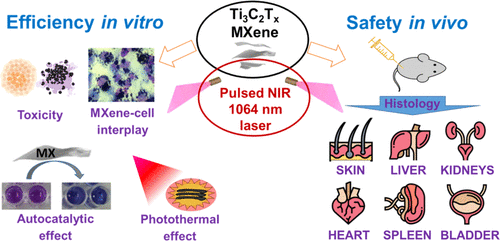 Presenting our recent collaborative research paper on MXene use for PPT anticancer therapy, the biocompatibility of MXenes in vitro and in vivo studies:
Presenting our recent collaborative research paper on MXene use for PPT anticancer therapy, the biocompatibility of MXenes in vitro and in vivo studies:
Sergiy Kyrylenko, Oleksiy Gogotsi, Ivan Baginskiy, Vitalii Balitskyi, Veronika Zahorodna, Yevheniia Husak, Ilya Yanko, Mykolay Pernakov, Anton Roshchupkin, Mykola Lyndin, Bernhard B. Singer, Volodymyr Buranych, Alexander Pogrebnjak, Oksana Sulaieva, Oleksandr Solodovnyk, Yury Gogotsi, Maksym Pogorielov, MXene-Assisted Ablation of Cells with a Pulsed Near-Infrared Laser. ACS Appl. Mater. Interfaces 2022, 14, 25, 28683–28696, https://doi.org/10.1021/acsami.2c08678




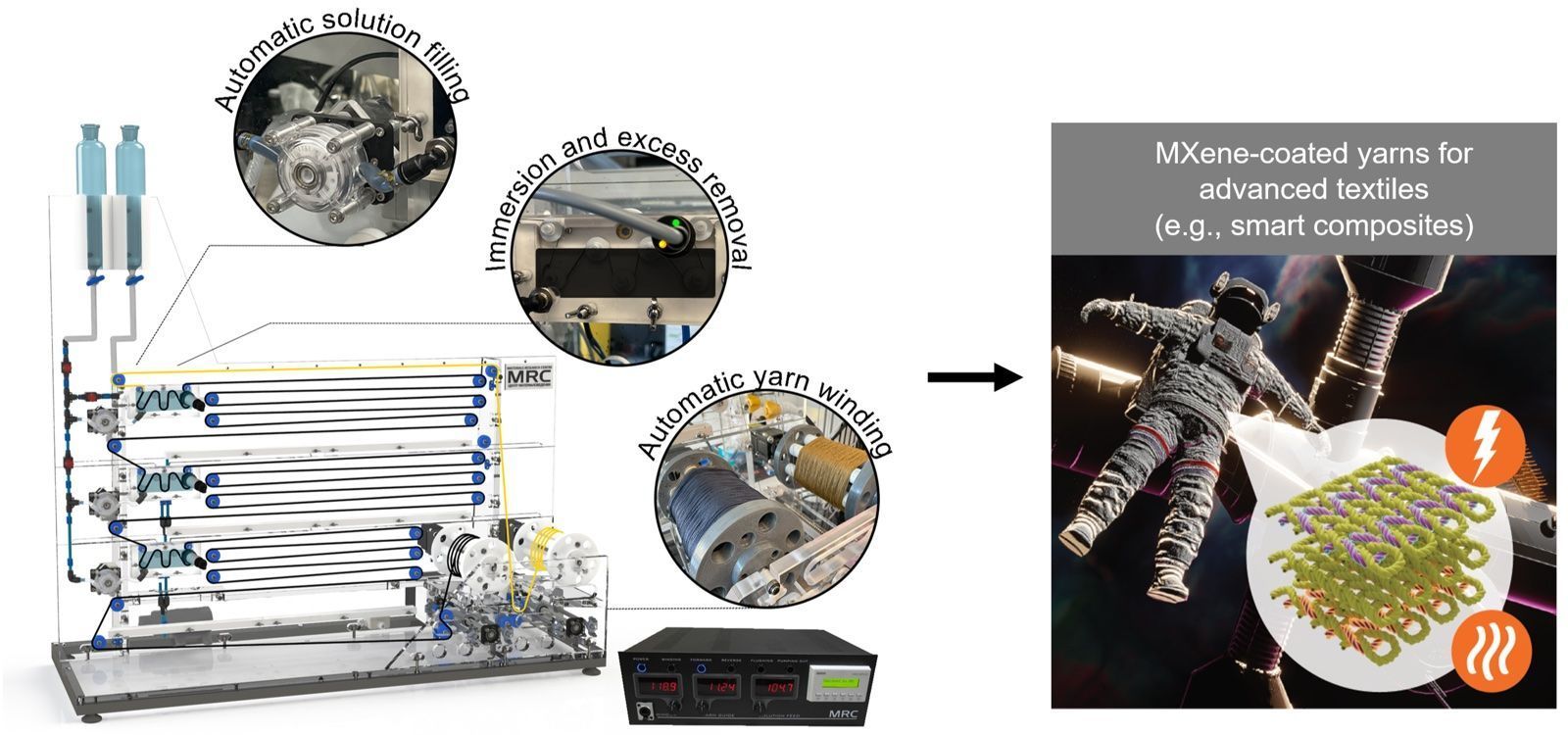
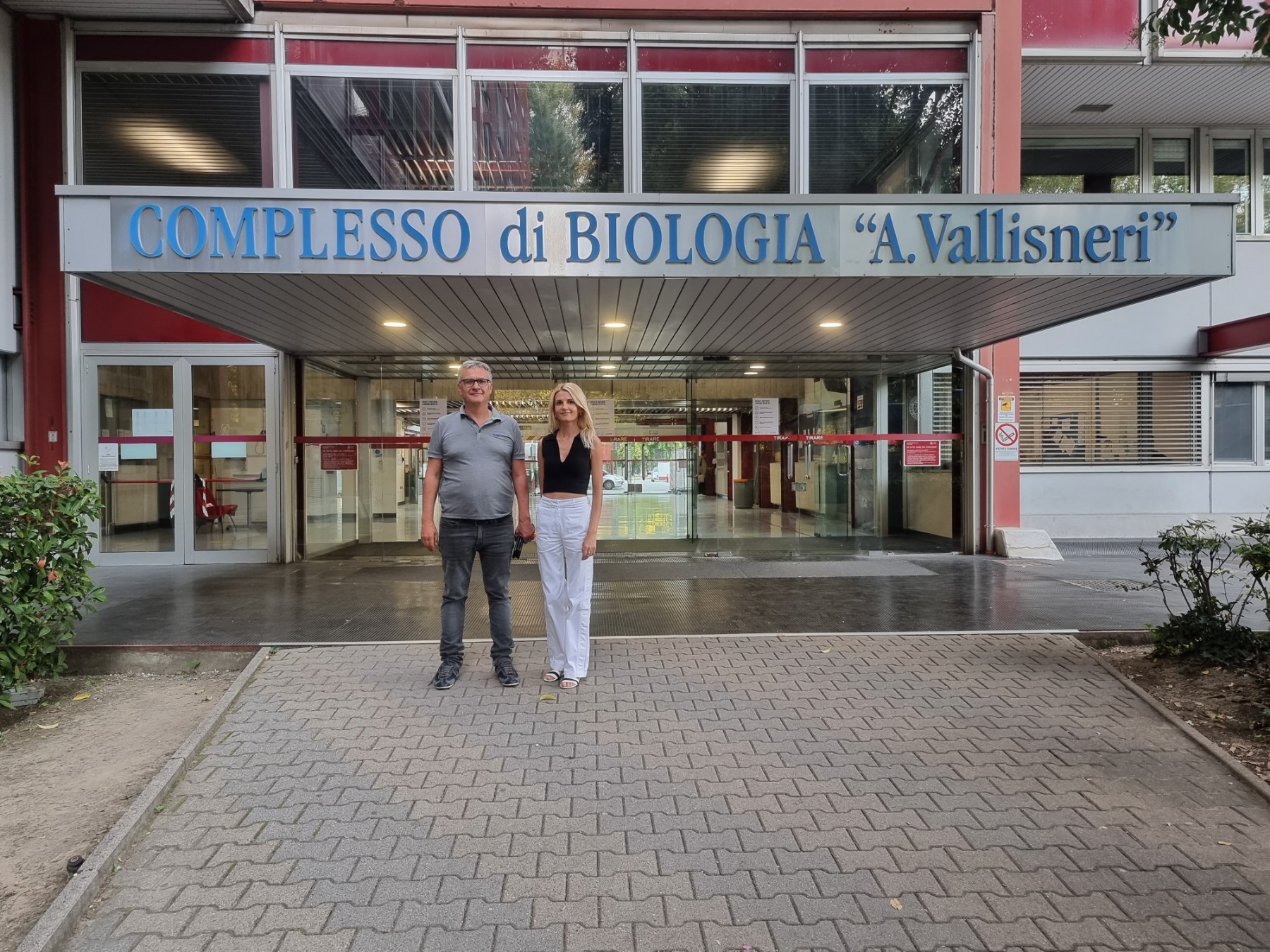 MX-MAP project participants from MRC Dr. Oleksiy Gogotsi and Veronika Zahorodna performed split secondment visit to project partner organization University of Padova (Italy). MX-MAP project works on development of the key strategies for MXene medical applications.
MX-MAP project participants from MRC Dr. Oleksiy Gogotsi and Veronika Zahorodna performed split secondment visit to project partner organization University of Padova (Italy). MX-MAP project works on development of the key strategies for MXene medical applications. 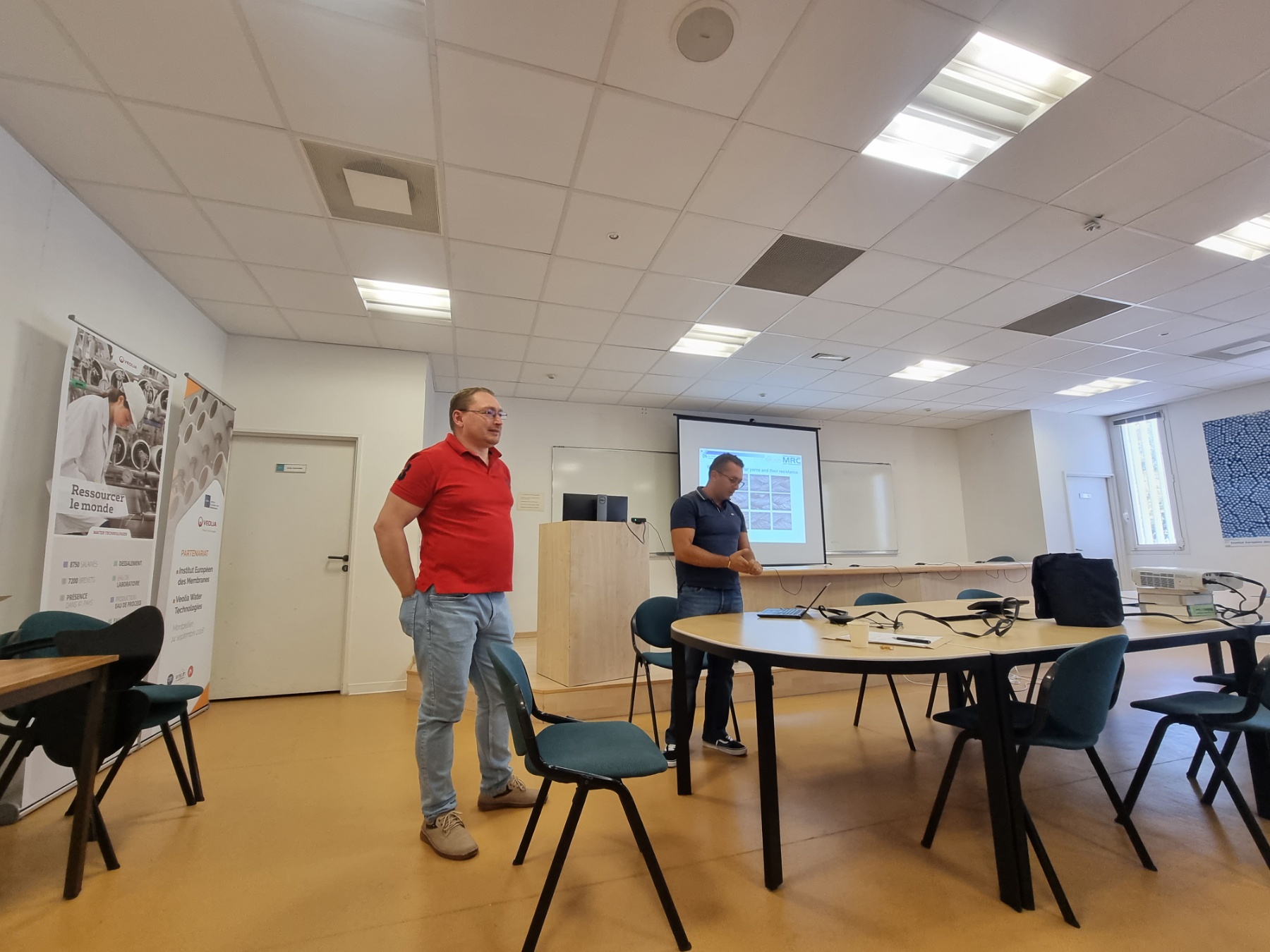 CanbioSe Project Meeting and Project Workshop was held at European Institute of Membranes (IEM), University of Montpellier, France on September 26-27, 2023. The workshop was focused on the theme of "Commercializing Biosensors, Intellectual Property, and Knowledge Transfer from Academia to Industry.
CanbioSe Project Meeting and Project Workshop was held at European Institute of Membranes (IEM), University of Montpellier, France on September 26-27, 2023. The workshop was focused on the theme of "Commercializing Biosensors, Intellectual Property, and Knowledge Transfer from Academia to Industry. Dr. Oleksiy Gogotsi and Veronika Zahorodna visited IEEE NAP 2023 conference held in Bratislava on September 10-15, 2023. The prime focus of the IEEE NAP-2023 was on nanoscale materials with emphasis on interdisciplinary research exploring and exploiting their unique physical and chemical proprieties for practical applications.
Dr. Oleksiy Gogotsi and Veronika Zahorodna visited IEEE NAP 2023 conference held in Bratislava on September 10-15, 2023. The prime focus of the IEEE NAP-2023 was on nanoscale materials with emphasis on interdisciplinary research exploring and exploiting their unique physical and chemical proprieties for practical applications.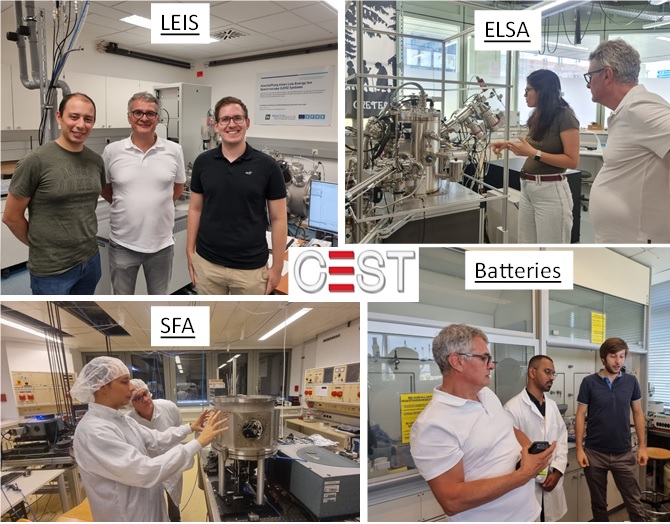 Director of MRC and Carbon-Ukraine Dr. Oleksiy Gogotsi visited CEST labs in Wiener Neustadt (Low Energy Ion Scattering, Batteries development) and TU Vienna (ELSA, SFA). He meet with Dr. Pierluigi Bilotto, Dr. Chriatian Pichler and their colleagues, discussing novel materials and r&d activities for new technologies.
Director of MRC and Carbon-Ukraine Dr. Oleksiy Gogotsi visited CEST labs in Wiener Neustadt (Low Energy Ion Scattering, Batteries development) and TU Vienna (ELSA, SFA). He meet with Dr. Pierluigi Bilotto, Dr. Chriatian Pichler and their colleagues, discussing novel materials and r&d activities for new technologies.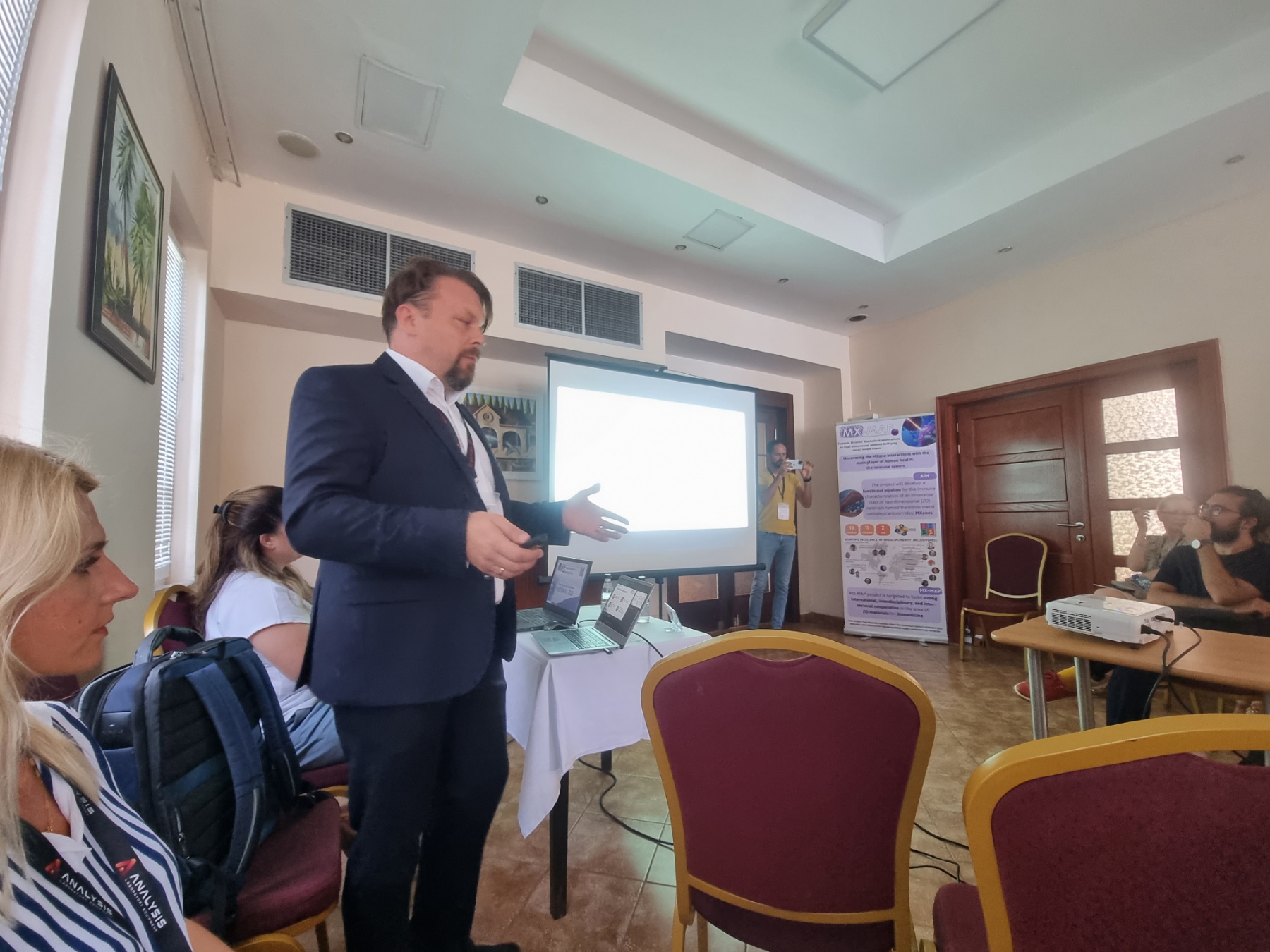 MX-MAP Session was held during the YUCOMAT Conference 2023 titled: "Towards MXenes’ biomedical applications by high-dimensional immune MAPping", HORIZON-MSCA-2021-SE-01 project MX-MAP.
MX-MAP Session was held during the YUCOMAT Conference 2023 titled: "Towards MXenes’ biomedical applications by high-dimensional immune MAPping", HORIZON-MSCA-2021-SE-01 project MX-MAP.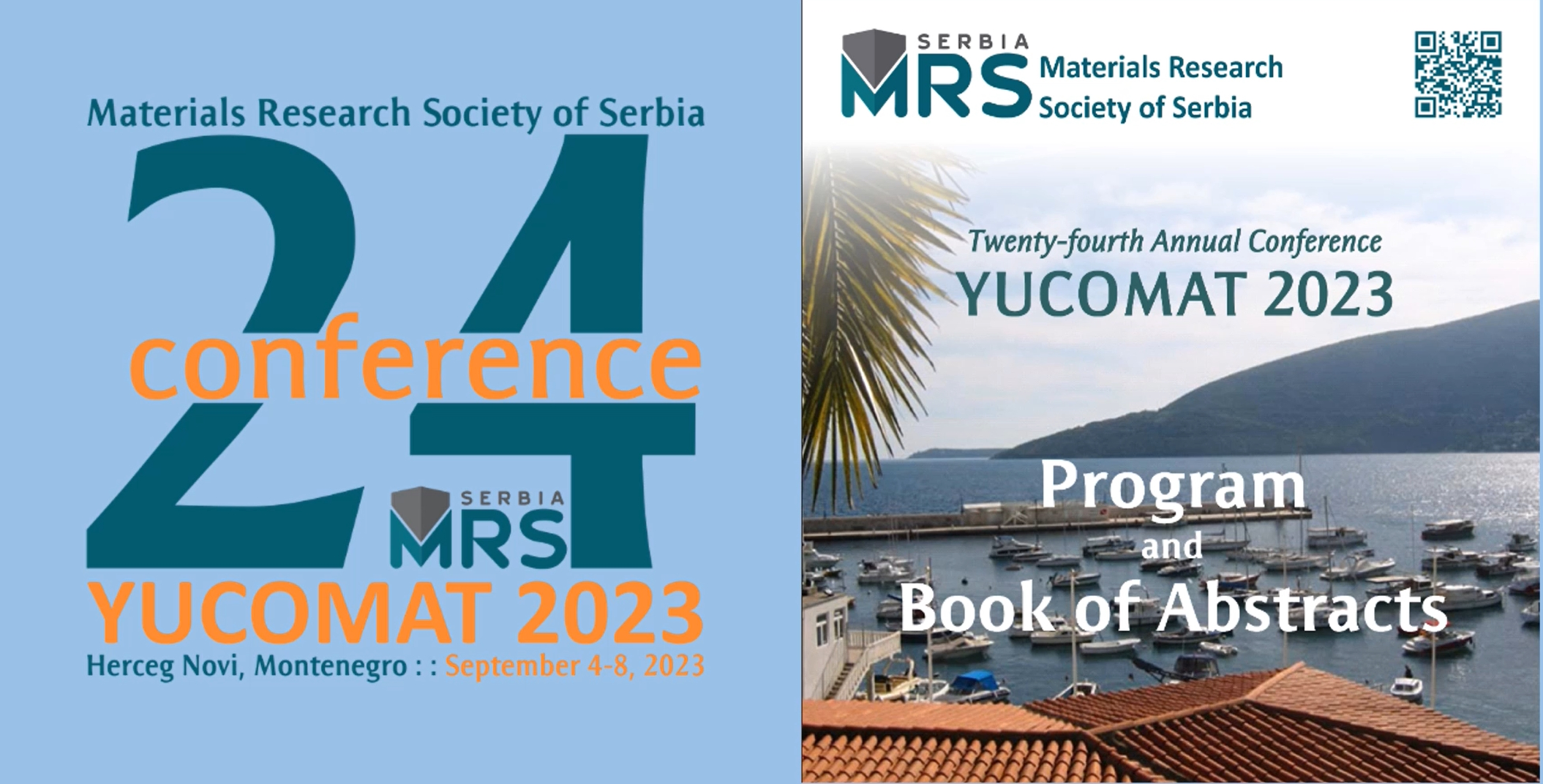
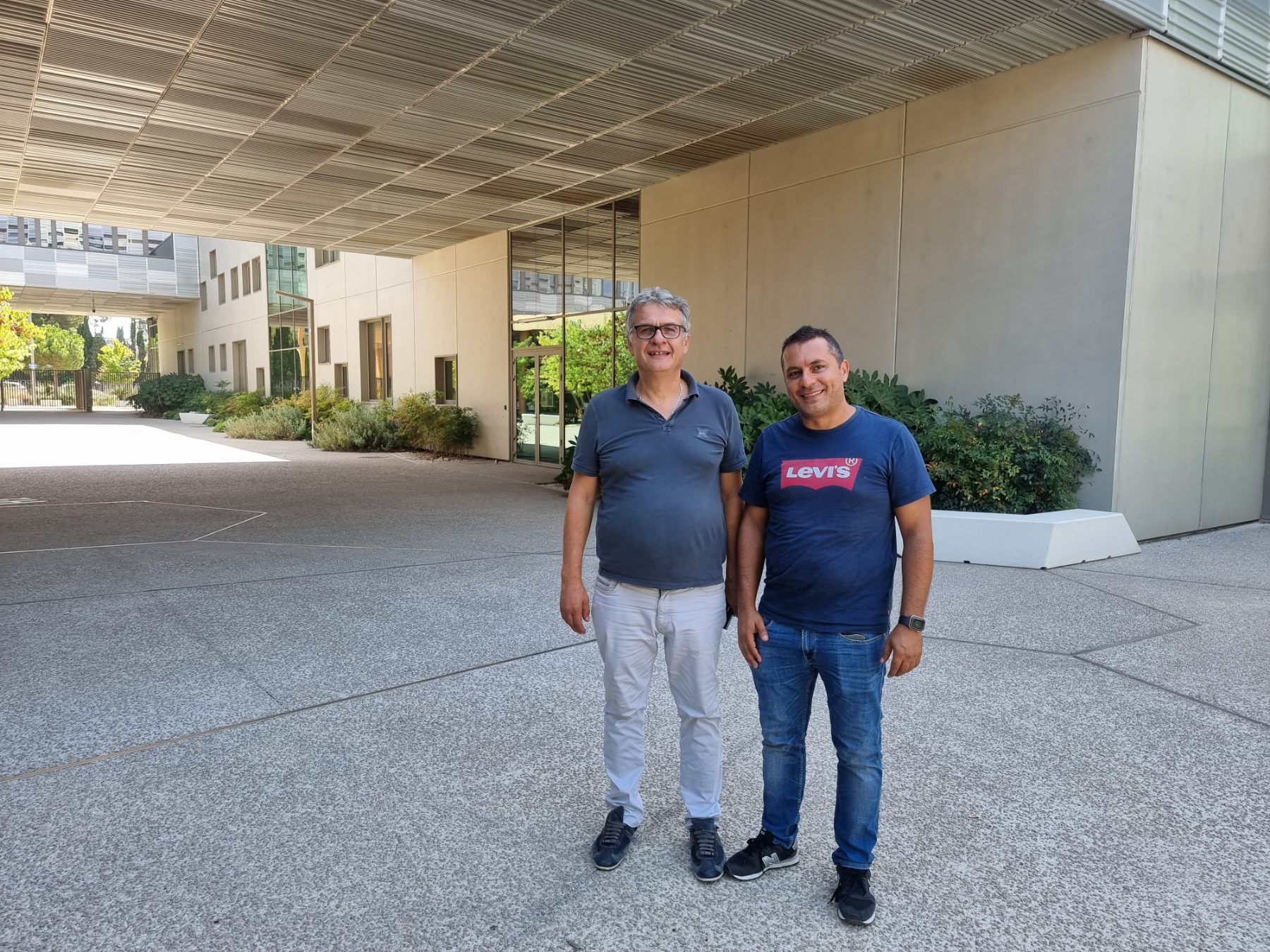 CANBIOSE project participants from MRC Dr. Oleksiy Gogotsi and Veronika Zahorodna performed secondment visit to project partner organization European Institute of Membranes in Montpellier (France) on August -September 2023.
CANBIOSE project participants from MRC Dr. Oleksiy Gogotsi and Veronika Zahorodna performed secondment visit to project partner organization European Institute of Membranes in Montpellier (France) on August -September 2023.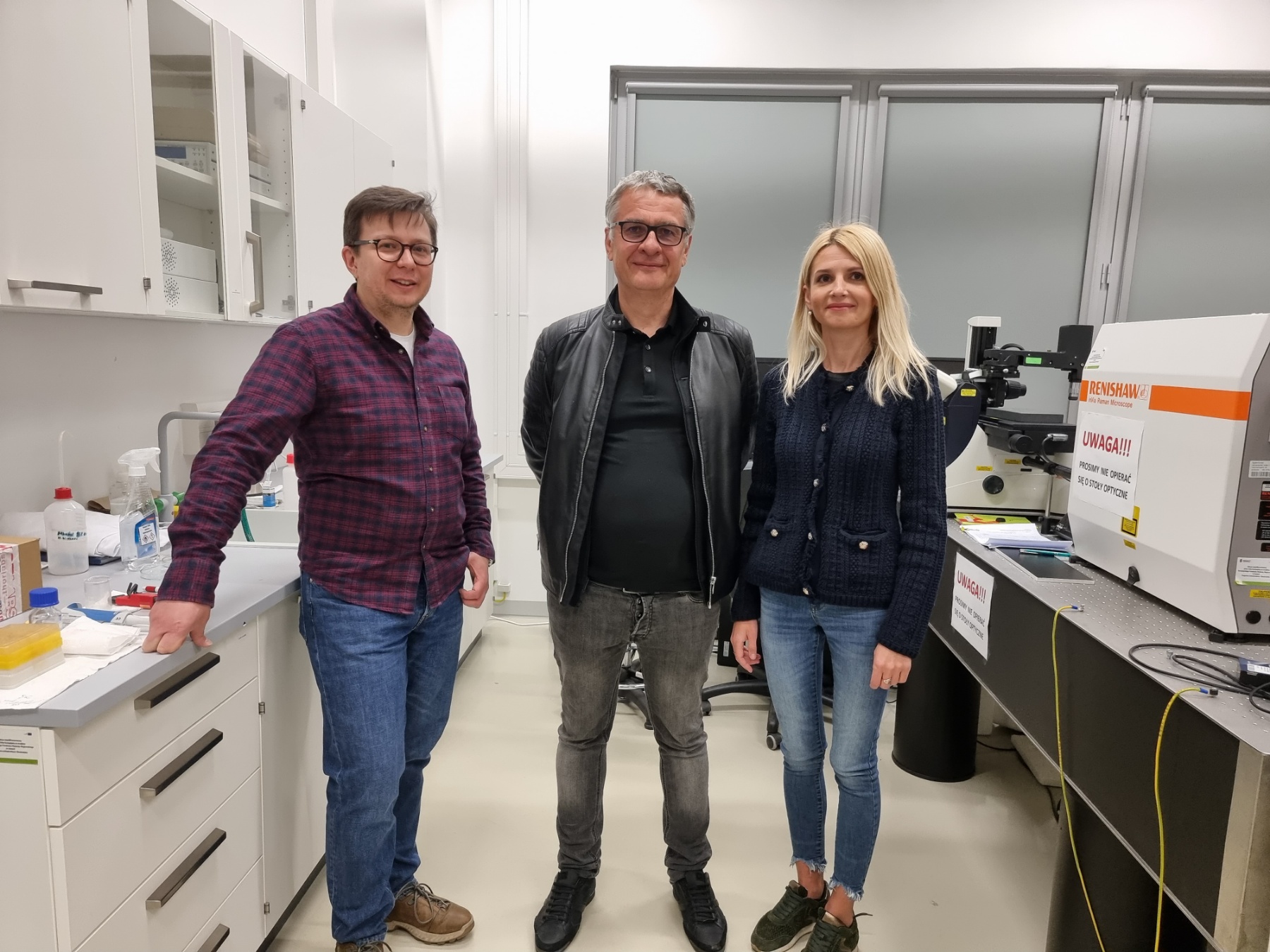 MRC researchers Dr. Oleksiy Gogotsi and Veronika Zahorodna were visiting Nanobiomedical Centre, Adam Mickewicz University in Poznan, Poland due to close collaboration with AMU team led by Dr. Igor Iatsunskiy.
MRC researchers Dr. Oleksiy Gogotsi and Veronika Zahorodna were visiting Nanobiomedical Centre, Adam Mickewicz University in Poznan, Poland due to close collaboration with AMU team led by Dr. Igor Iatsunskiy. 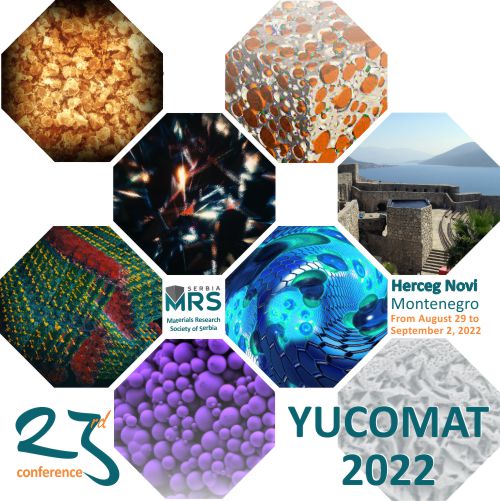
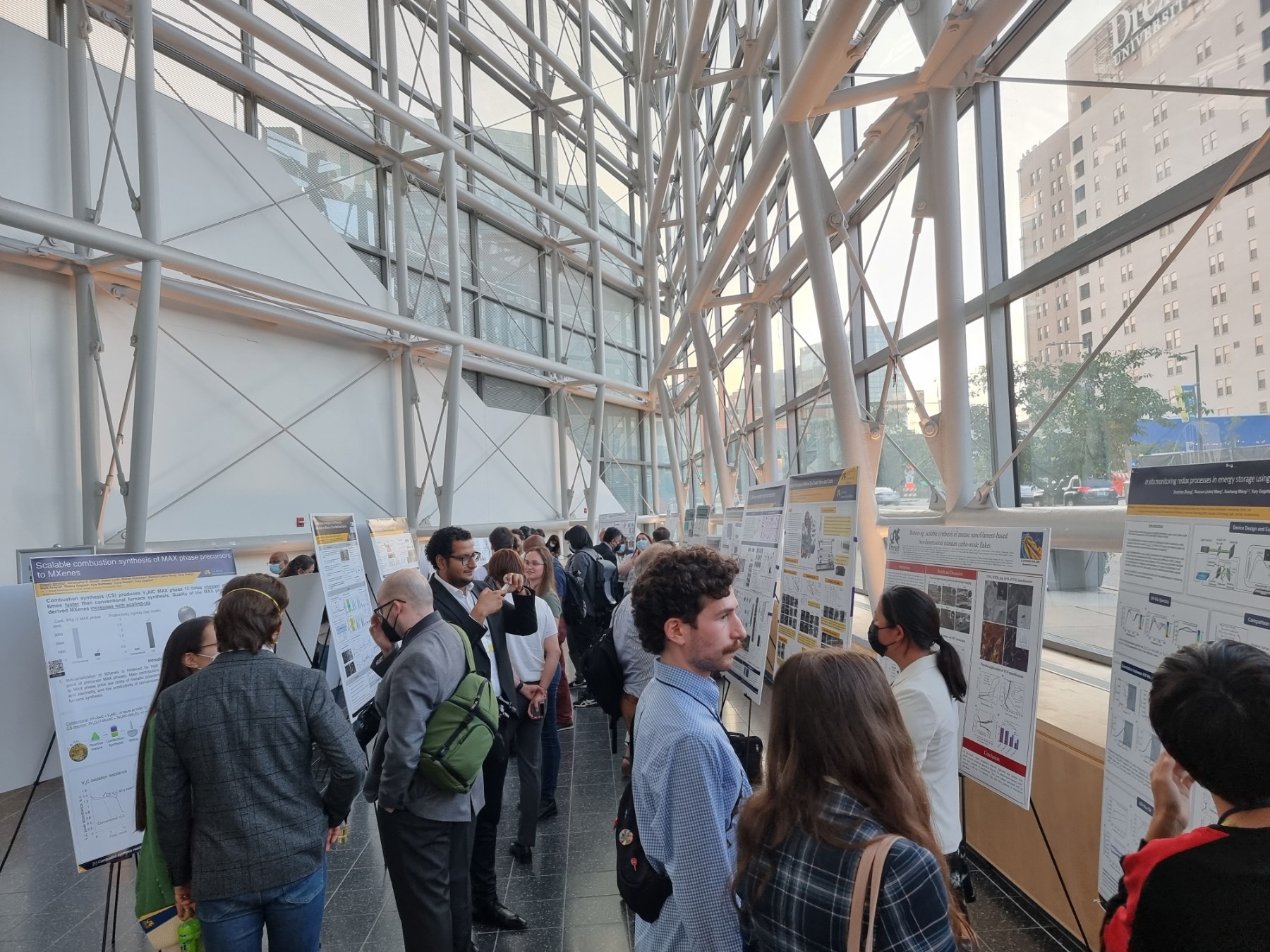
 Meeting during the MXene international conference held in Drexel University on Aug. 3, 2022, and discussing the roadmap for launching MX-MAP research project on MXenes for medical applications.
Meeting during the MXene international conference held in Drexel University on Aug. 3, 2022, and discussing the roadmap for launching MX-MAP research project on MXenes for medical applications.